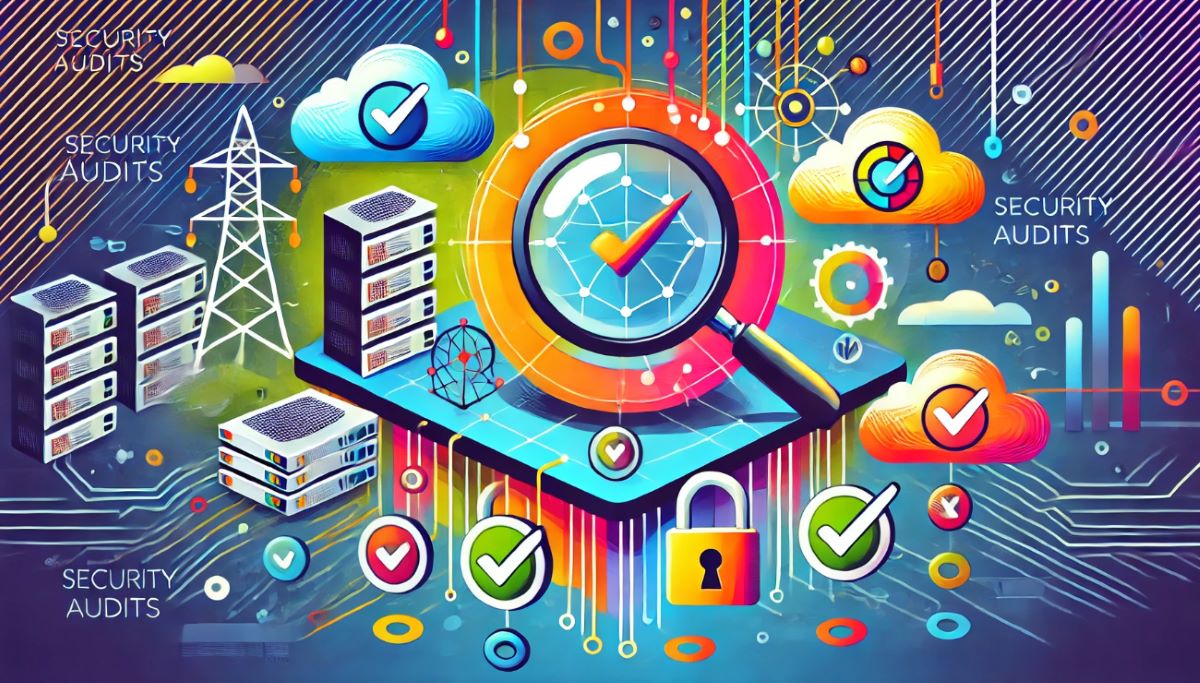In today’s increasingly digital landscape, the security of your IT environment is paramount. Conducting regular security audits is essential for identifying vulnerabilities, ensuring compliance with regulations, and protecting sensitive data. This comprehensive guide covers the essential checks you should perform during a security audit to safeguard your IT environment effectively.
1. Understanding Security Audits
A security audit is a systematic evaluation of an organization’s information system to determine how well it conforms to a set of established criteria. The audit involves assessing the system’s physical configuration, environment, software, information handling processes, and user practices.
1.1 Types of Security Audits
Security audits can be categorized into three main types:
- Internal Audits: Conducted by internal staff to assess the organization’s own security policies and procedures.
- External Audits: Performed by external agencies to provide an unbiased evaluation of the organization’s security posture.
- Third-Party Audits: Involve independent auditors who assess the security practices of third-party vendors and partners.
2. Planning Your Security Audit
Before diving into the technical checks, it’s crucial to plan your security audit meticulously. This involves defining the scope, objectives, and criteria for the audit.
2.1 Define the Scope
Clearly define which systems, processes, and departments will be audited. This helps in focusing the audit efforts and ensuring comprehensive coverage.
2.2 Set Objectives
Determine what you aim to achieve with the audit. Objectives may include identifying vulnerabilities, ensuring compliance, or evaluating the effectiveness of security controls.
2.3 Establish Criteria
Set the benchmarks against which the systems will be evaluated. These criteria can be based on industry standards, regulatory requirements, and organizational policies.
3. Essential Security Checks
The following are essential checks that should be part of any thorough security audit:
3.1 Network Security
Assess the security of your network infrastructure, including firewalls, routers, and switches. Ensure that they are configured correctly and are up-to-date with the latest firmware and security patches.
3.2 Access Controls
Review user access controls to ensure that only authorized personnel have access to critical systems and data. Implement the principle of least privilege and enforce multi-factor authentication (MFA) where possible.
3.3 Vulnerability Management
Conduct vulnerability scans and penetration tests to identify potential security weaknesses. Regularly update and patch systems to mitigate known vulnerabilities.
3.4 Data Protection
Evaluate data protection mechanisms such as encryption, data masking, and secure data disposal practices. Ensure that sensitive data is adequately protected both at rest and in transit.
3.5 Incident Response
Review your incident response plan (IRP) to ensure it is comprehensive and up-to-date. Test the IRP through simulations and tabletop exercises to verify its effectiveness.
3.6 Physical Security
Assess the physical security measures in place to protect IT assets. This includes checking access controls to data centers, surveillance systems, and environmental controls like fire suppression and climate control.
3.7 Compliance Checks
Ensure compliance with relevant regulations and standards such as GDPR, HIPAA, PCI-DSS, and ISO/IEC 27001. Maintain proper documentation and evidence of compliance efforts.
3.8 Employee Training and Awareness
Evaluate the effectiveness of security training programs for employees. Ensure that staff are aware of security policies, recognize phishing attempts, and understand their role in maintaining security.
4. Tools for Security Audits
Leverage various tools and technologies to facilitate your security audit. These tools can help automate and streamline the audit process.
4.1 Network Scanners
Tools like Nmap and Nessus can scan your network for vulnerabilities and misconfigurations.
4.2 SIEM Systems
Security Information and Event Management (SIEM) systems like Splunk and IBM QRadar aggregate and analyze logs to detect suspicious activities.
4.3 Penetration Testing Tools
Tools like Metasploit and Burp Suite help in conducting thorough penetration tests to identify security weaknesses.
4.4 Compliance Management Tools
Solutions like Qualys and Rapid7 help in managing and tracking compliance with various regulatory standards.
5. Conducting the Audit
During the audit, systematically perform the planned checks and document your findings. Ensure transparency and collaboration among all stakeholders.
5.1 Gathering Evidence
Collect evidence through interviews, observations, and technical tests. Document all findings meticulously to support your audit conclusions.
5.2 Reporting Findings
Prepare a comprehensive report detailing the audit findings, identified vulnerabilities, and recommended remediation actions. Prioritize the issues based on their severity and impact.
5.3 Remediation and Follow-Up
Work with relevant teams to address the identified vulnerabilities. Follow up to ensure that remediation actions have been implemented effectively.
6. Continuous Improvement
Security audits should be part of an ongoing effort to improve your organization’s security posture. Regularly review and update your audit processes to adapt to evolving threats and changes in the IT environment.
6.1 Lessons Learned
Analyze the audit findings to identify areas for improvement. Use the insights gained to enhance your security policies, procedures, and controls.
6.2 Staying Informed
Stay informed about the latest security trends, threats, and best practices. Participate in industry forums, attend security conferences, and subscribe to relevant publications.
6.3 Regular Audits
Conduct security audits at regular intervals to ensure continuous compliance and security. Regular audits help in proactively identifying and mitigating risks.
7. Conclusion
Regular security audits are essential for maintaining the security and integrity of your IT environment. By performing thorough checks and addressing identified vulnerabilities, you can protect your organization from potential security breaches and ensure compliance with regulatory requirements. Implementing a robust audit process and fostering a culture of security awareness will help safeguard your organization’s assets and data.

